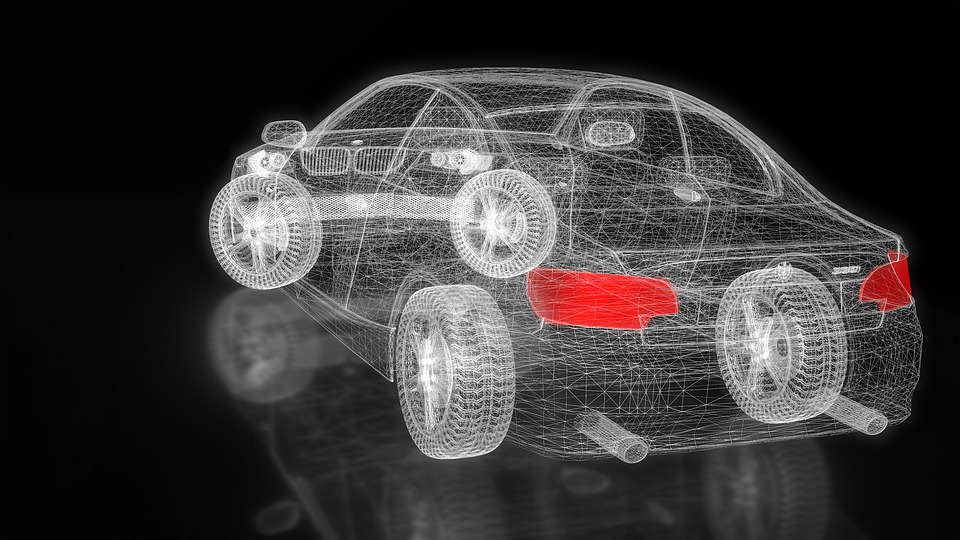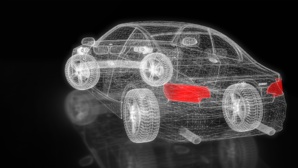Dailycsr.com – 21 March 2020 – General Motors Co. brought together a team of “employees, dealers, investors, analysts, media and policymakers” for revealing the company’s strategy towards selling electric vehicles in a more efficient, profitable and quicker manner. In the words of the Chairman as well as the Chief Executive of GM, Mary Barra:
“Our team accepted the challenge to transform product development at GM and position our company for an all-electric future. What we have done is build a multi-brand, multi-segment EV strategy with economies of scale that rival our full-size truck business with much less complexity and even more flexibility.”
GM’s strategy include a “modular propulsion system” along with a “third-generation global EV platform”, a “highly flexible” one while “proprietary Ultium batteries” will be powering the system. Putting these two components together will allow GM to address “nearly every customer in the market today” as per their requirements be it of “affordable transportation, a luxury experience, work trucks or a high-performance machine”.
The President of General Motors, Mark Reuss said:
“Thousands of GM scientists, engineers and designers are working to execute an historic reinvention of the company. They are on the cusp of delivering a profitable EV business that can satisfy millions of customers.”
Here are some of the highlights of the propulsion system and Ultium batteries, as mentioned by a press release of GM:
“Our team accepted the challenge to transform product development at GM and position our company for an all-electric future. What we have done is build a multi-brand, multi-segment EV strategy with economies of scale that rival our full-size truck business with much less complexity and even more flexibility.”
GM’s strategy include a “modular propulsion system” along with a “third-generation global EV platform”, a “highly flexible” one while “proprietary Ultium batteries” will be powering the system. Putting these two components together will allow GM to address “nearly every customer in the market today” as per their requirements be it of “affordable transportation, a luxury experience, work trucks or a high-performance machine”.
The President of General Motors, Mark Reuss said:
“Thousands of GM scientists, engineers and designers are working to execute an historic reinvention of the company. They are on the cusp of delivering a profitable EV business that can satisfy millions of customers.”
Here are some of the highlights of the propulsion system and Ultium batteries, as mentioned by a press release of GM:
- “GM’s new Ultium batteries are unique in the industry because the large-format, pouch-style cells can be stacked vertically or horizontally inside the battery pack. This allows engineers to optimize battery energy storage and layout for each vehicle design.
- “Ultium energy options range from 50 to 200 kWh, which could enable a GM-estimated range up to 400 miles or more on a full charge with 0 to 60 mph acceleration as low as 3 seconds. Motors designed in-house will support front-wheel drive, rear-wheel drive, all-wheel drive and performance all-wheel drive applications.
- “Ultium-powered EVs are designed for Level 2 and DC fast charging. Most will have 400-volt battery packs and up to 200 kW fast-charging capability while our truck platform will have 800-volt battery packs and 350 kW fast-charging capability”.
Below is a list of revenue opportunities as well as economic drives that will come up as a result of GM’s “modular approach” to developing electric vehicle, as mentioned by GM’s press release:
- “Continuous Improvement in Battery Costs: GM’s joint venture with LG Chem will drive battery cell costs below $100/kWh. The cells use a proprietary low cobalt chemistry and ongoing technological and manufacturing breakthroughs will drive costs even lower
- “Flexibility: GM’s all-new global platform is flexible enough to build a wide range of trucks, SUVs, crossovers, cars and commercial vehicles with outstanding design, performance, packaging, range and affordability.
- “Capital Efficiency: GM can spend less capital to scale its EV business because it is able to leverage existing property, including land, buildings, tools and production equipment such as body shops and paint shops.
- “Complexity Reduction: The vehicle and propulsion systems were designed together to minimize complexity and part counts beyond today’s EVs, which are less complex than conventional vehicles powered by internal combustion engines. For example, GM plans 19 different battery and drive unit configurations initially, compared with 550 internal combustion powertrain combinations available today.
- “Rising Customer Acceptance: Third-party forecasters expect U.S. EV volumes to more than double from 2025 to 2030 to about 3 million units on average. GM believes volumes could be materially higher as more EVs are launched in popular segments, charging networks grow and the total cost of ownership to consumers continues to fall.
- “New Sources of Revenue: By vertically integrating the manufacture of battery cells, the company can reach beyond its own fleet and license technology to others”.
References:
3blmedia.com


 GM’s Modular Approach Towards EV Development Promises New Economic Drive
GM’s Modular Approach Towards EV Development Promises New Economic Drive





 Companies
Companies